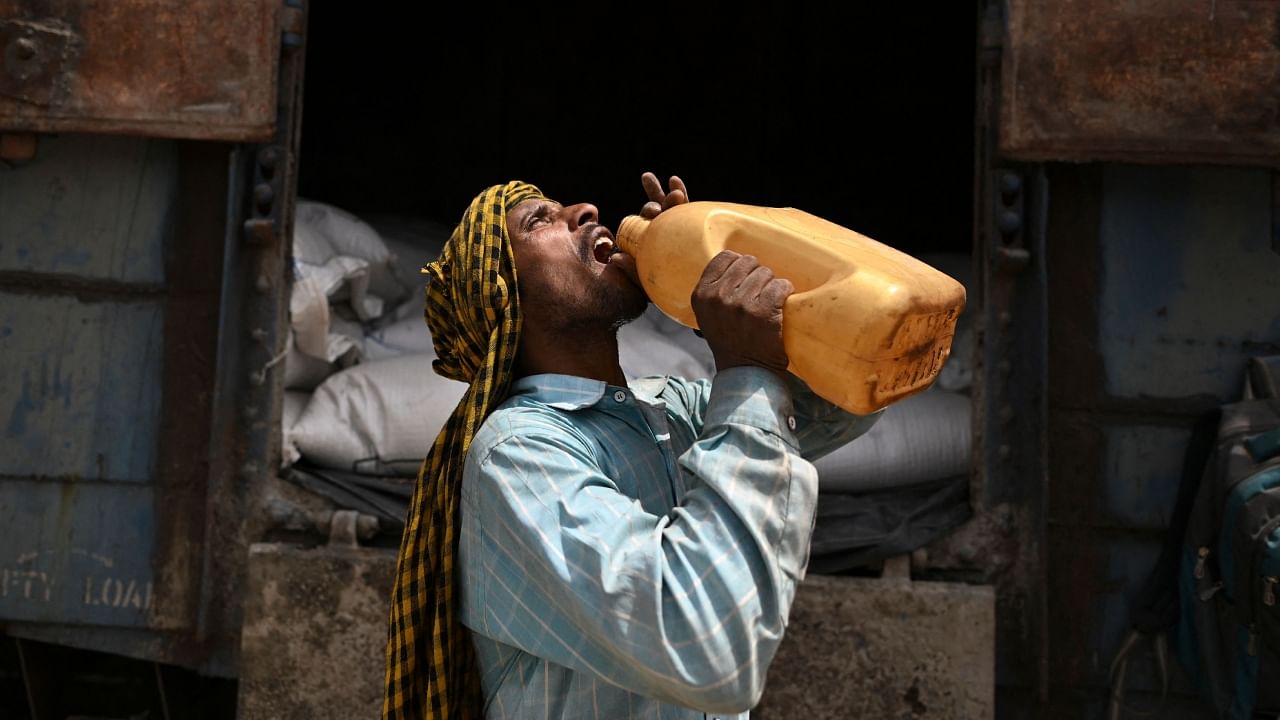
Amid the heatwave in several parts of the country, experts have pointed out that the intensity and frequency of heatwaves have increased over the years.
“This year's summer has been brutal, and each year it is getting progressively worse. Last April, Mumbai saw temperatures higher than 35 degrees Celsius with relative humidity upwards of 80 per cent in some areas. What this means is that the city was exposed to a heat index (or wet bulb temperature) upwards of 50 degrees Celsius. In coastal cities temperatures higher than 35 degree Celsius are dangerous because they surpass a body's ability to cool off after exposure and result in severe illnesses, and fatalities,” said Lubaina Rangwala, Associate Director, World Resources Institute (WRI) India.
“We're seeing a spike in extreme heat along the Konkan coast for the second time this year and multiple heatwave warnings across the Vidarbha, Marathwada and central Maharashtra region. It's important to step back and think about this in terms of a broader rise in heatwave alerts as the planet gets hotter. The key is to make sure we have well-oiled public machinery in place to respond to this. We have made progress in forecasting and communicating heatwave warnings. The next step is to have localised heat action plans and implement responses quickly, efficiently and repeatedly over the course of a summer,” added Aditya Pillai, Associate Fellow at the Centre for Policy Research.
“As the IPCC reports have indicated, there will be significant seasonal variability as temperatures rise. The planet has already warmed by 1.16 degrees Celsius since the pre-industrial era, and this will continue at an unprecedented rate. The planet is anticipated to warm by 1.5 degrees Celsius by the middle of the century, up from the end of the century. Every fraction of warming has implications for the way seasons are organised,” pointed out Dr Anjal Prakash, Associate Professor (Research) and Research Director with the Bharti Institute of Public Policy at the Indian School of Business (ISB).
According to Dr Prakash, this has two significant ramifications - wet areas will be wetter, while dry areas will have more dry spells - and rainfall unpredictability will result in periods of constant rain and periods of protracted dry spells.
“As a result, seasons have been entirely thrown off, which has implications across numerous sectors, including agriculture. Rising temperatures leading to heat waves are now an increasing cause of concern, with serious consequences for human health. The government must be prepared to incorporate this into the heat action strategy. The assessment of the effects of heat on human health must be prioritised and included in governance planning,” he added.
According to Pillai, given how frequently we receive heatwave warnings now, it's also important that we start putting long-term heat measures in place - increasing the shade-protective amenities in our cities or access to water and other forms of cooling, for example. These things have the added benefit of making cities and towns more liveable, even when there isn't a heatwave.